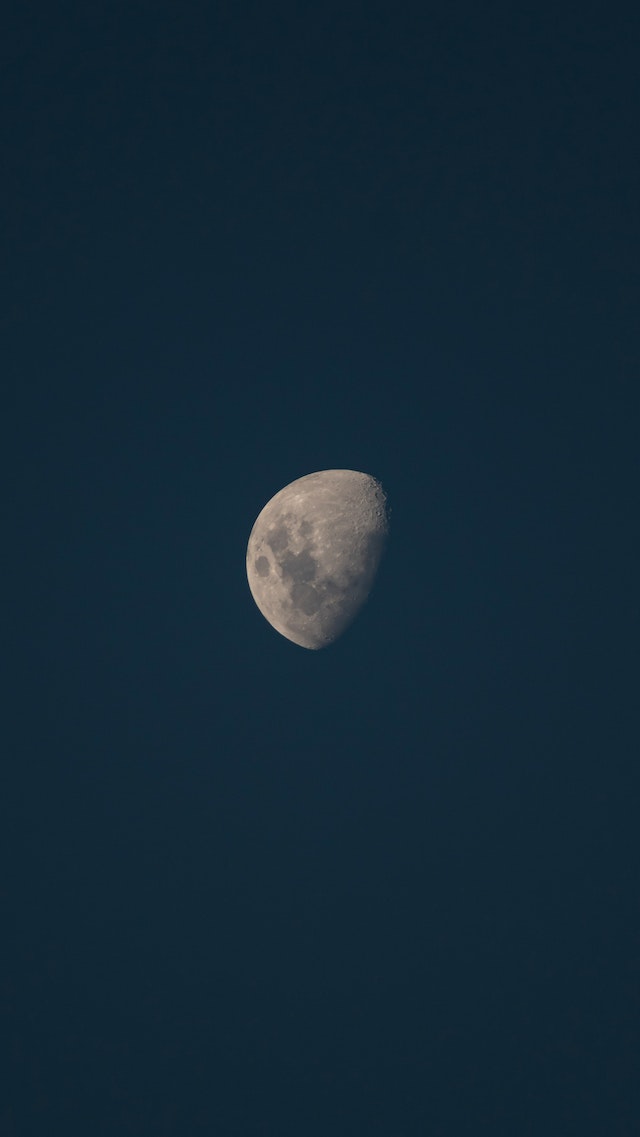In a remarkable celestial encounter that has captured the attention of astronomers worldwide, Earth has acquired an intriguing new addition to its cosmic entourage—a fascinating phenomenon known as a “quasi-moon.” This captivating celestial visitor has not only piqued scientific curiosity but has also presented us with an unprecedented opportunity to unravel the mysteries of these transient companions that have decided to linger in our celestial neighborhood.
Termed “Luna,” after the Latin word for moon, this newfound quasi-moon has embarked on an extraordinary cosmic dance with our planet. Unlike Earth’s loyal companion, the Moon, Luna’s presence is temporary, but its impact on our understanding of the universe is immense.
Scientists estimate Luna to be approximately 200 meters in diameter, significantly smaller than the Moon, yet its enigmatic nature holds great scientific significance. The arrival of this quasi-moon has initiated a global scientific quest to comprehend the complex dynamics between Earth and these captivating celestial wanderers.
Dr. Sarah Collins, a renowned astrophysicist at the Stellar Research Institute, explains the significance of Luna’s presence: “The discovery of a quasi-moon in Earth’s orbit opens up a new realm of exploration. By studying Luna’s behavior, composition, and trajectory, we can shed light on the origins of these transient celestial objects and gain insights into their interactions with planets.”
Quasi-moons, often asteroids or fragments of comets, experience a temporary gravitational bond with larger celestial bodies, including Earth. Luna’s journey began several years ago when it fell under our planet’s gravitational influence, resulting in its current enthralling orbit around Earth.
This unique cosmic event has become an extraordinary opportunity for scientists to study the behavior of quasi-moons up close. Observatories worldwide have focused their telescopes on Luna, aiming to unravel its secrets and gain a deeper understanding of the mechanisms driving these captivating interactions.
Beyond the scientific implications, Luna’s arrival has sparked public imagination, igniting dreams of future space exploration and colonization. The presence of a quasi-moon rekindles discussions about humanity’s potential to establish a sustained presence beyond Earth’s boundaries.
However, amidst the excitement, it is crucial to approach these prospects with a measured perspective. Deep-space exploration presents significant challenges, from technological advancements to the physical and psychological well-being of astronauts. Luna’s presence serves as a reminder that while our cosmic ambitions soar, we must navigate these challenges responsibly, ensuring the preservation and sustainability of both Earth and potential future habitats.
As we marvel at Luna’s mystique and elegance, it beckons us to reflect upon our place in the universe. It urges us to explore the endless possibilities and consider our role in safeguarding our planet and the celestial wonders that surround us.
While scientists diligently investigate the secrets held within Luna’s embrace, this quasi-moon will continue to grace our skies, bearing witness to humanity’s quest for knowledge and the boundless wonders that await us in the vast expanse beyond our home.
In this era of cosmic discovery, Luna’s presence serves as a testament to humanity’s relentless curiosity, urging us to explore the unknown, question our limits, and celebrate the breathtaking marvels that unfold before our eyes.




